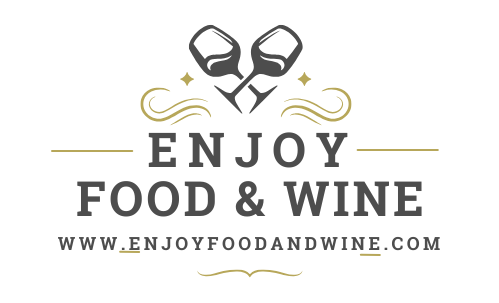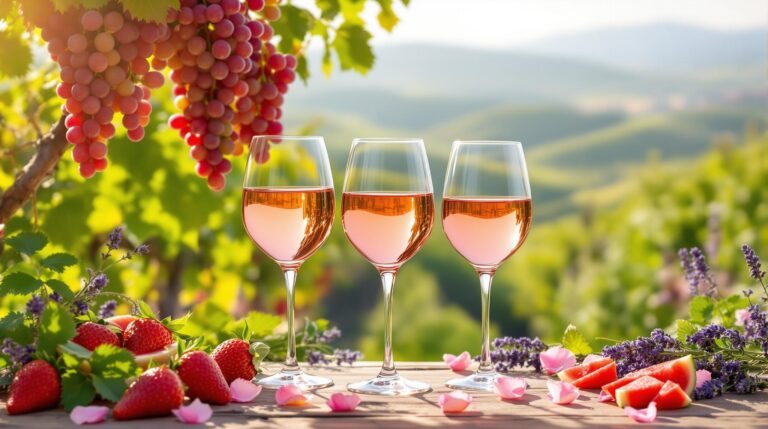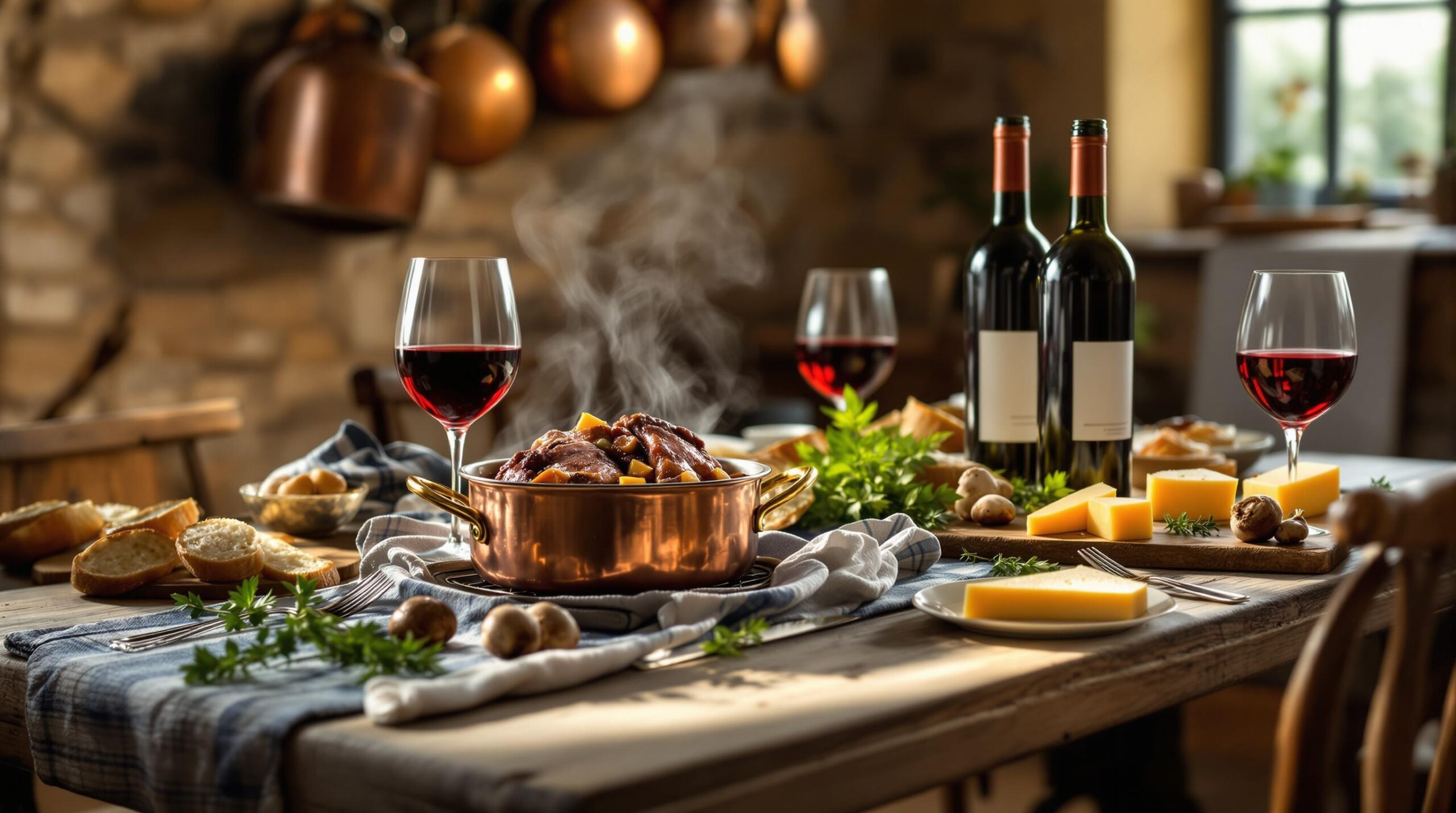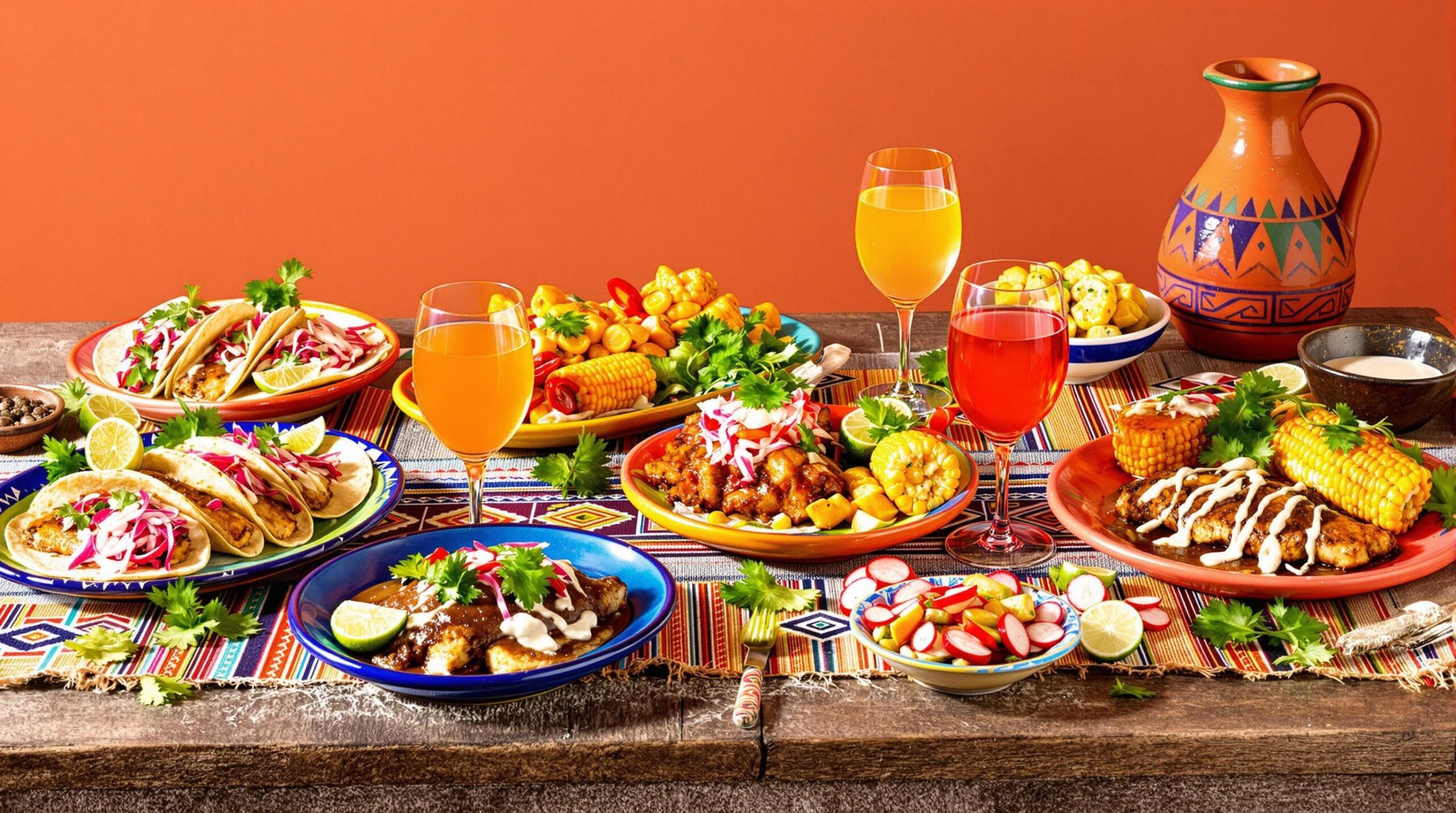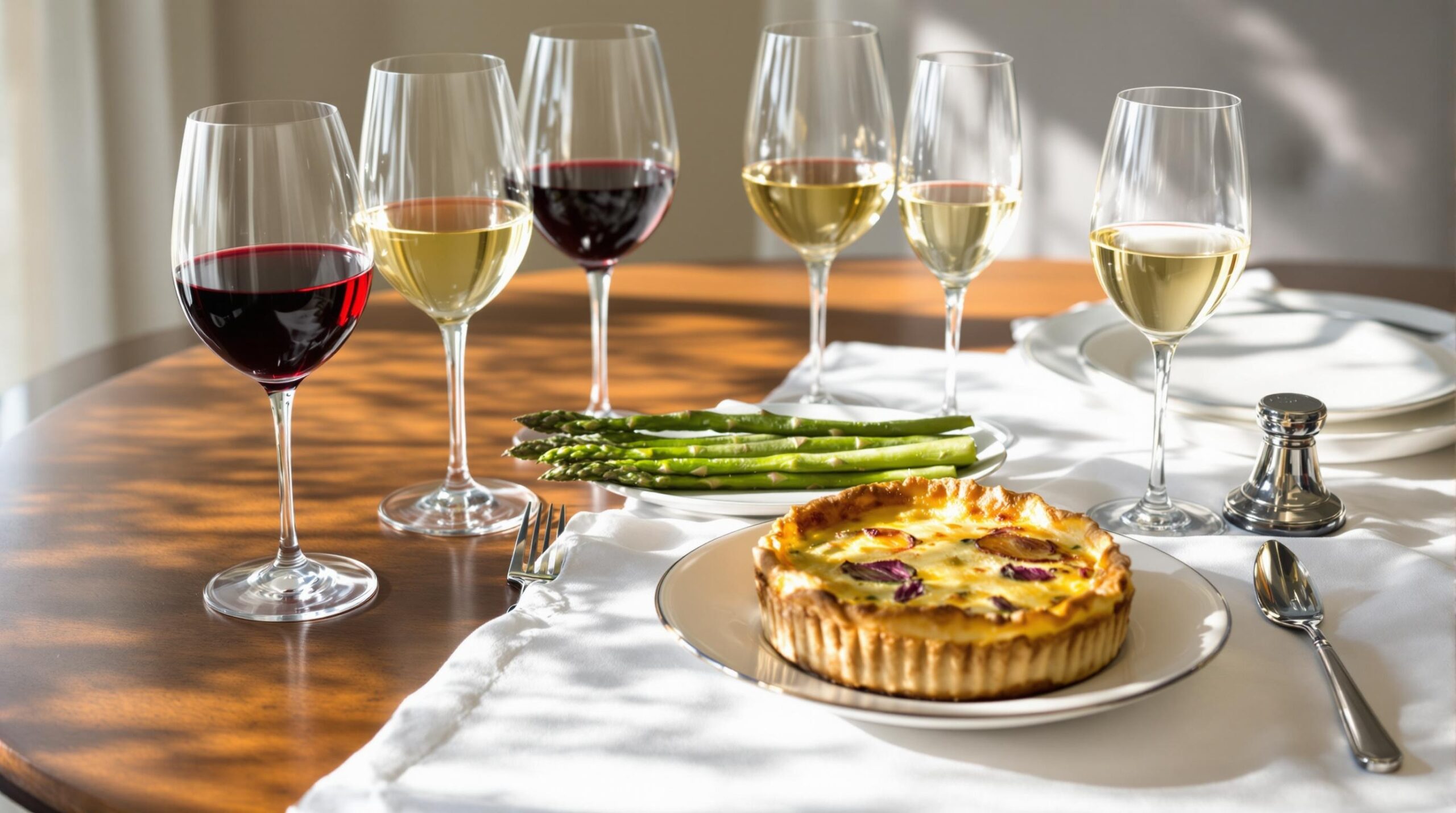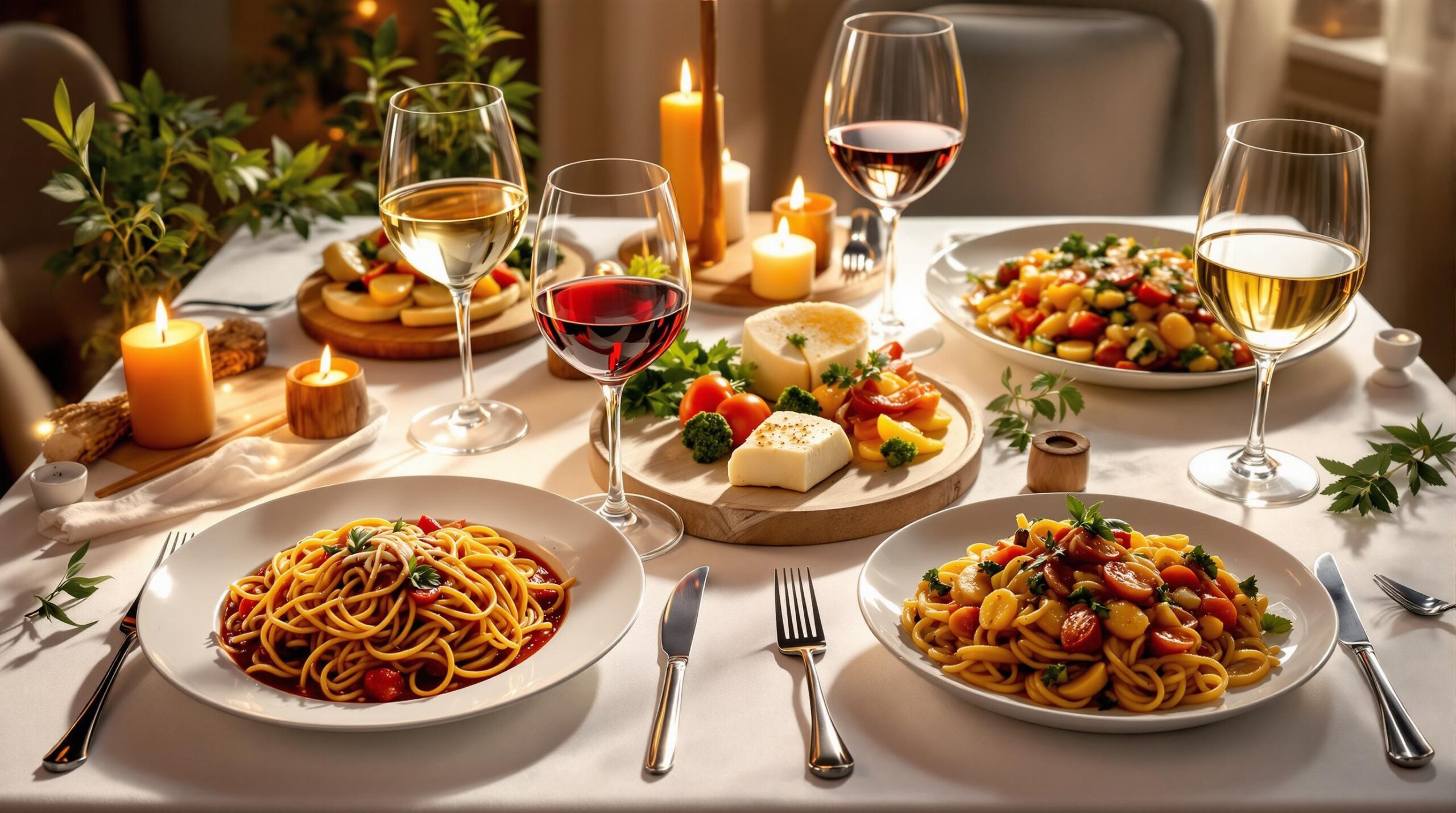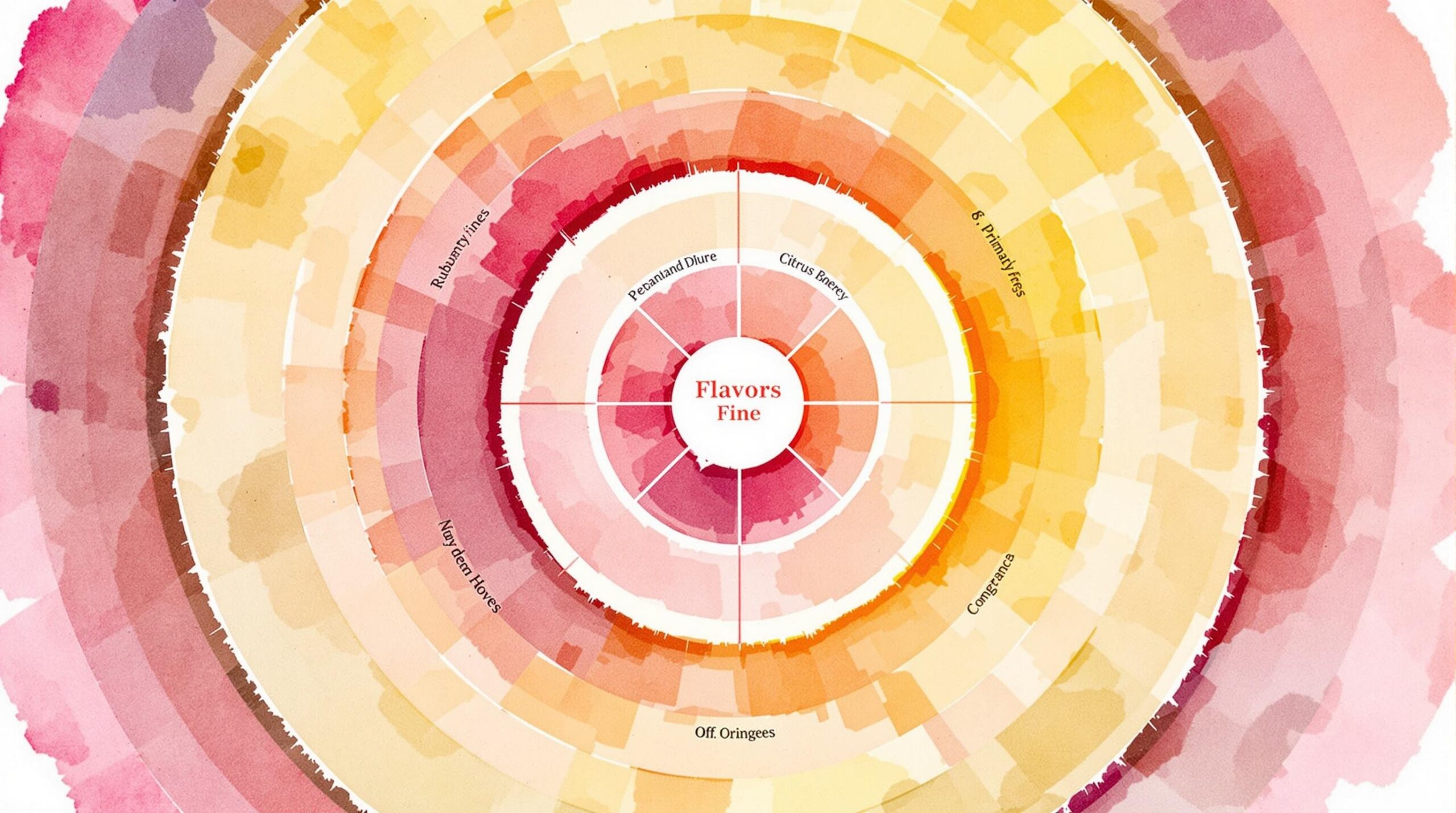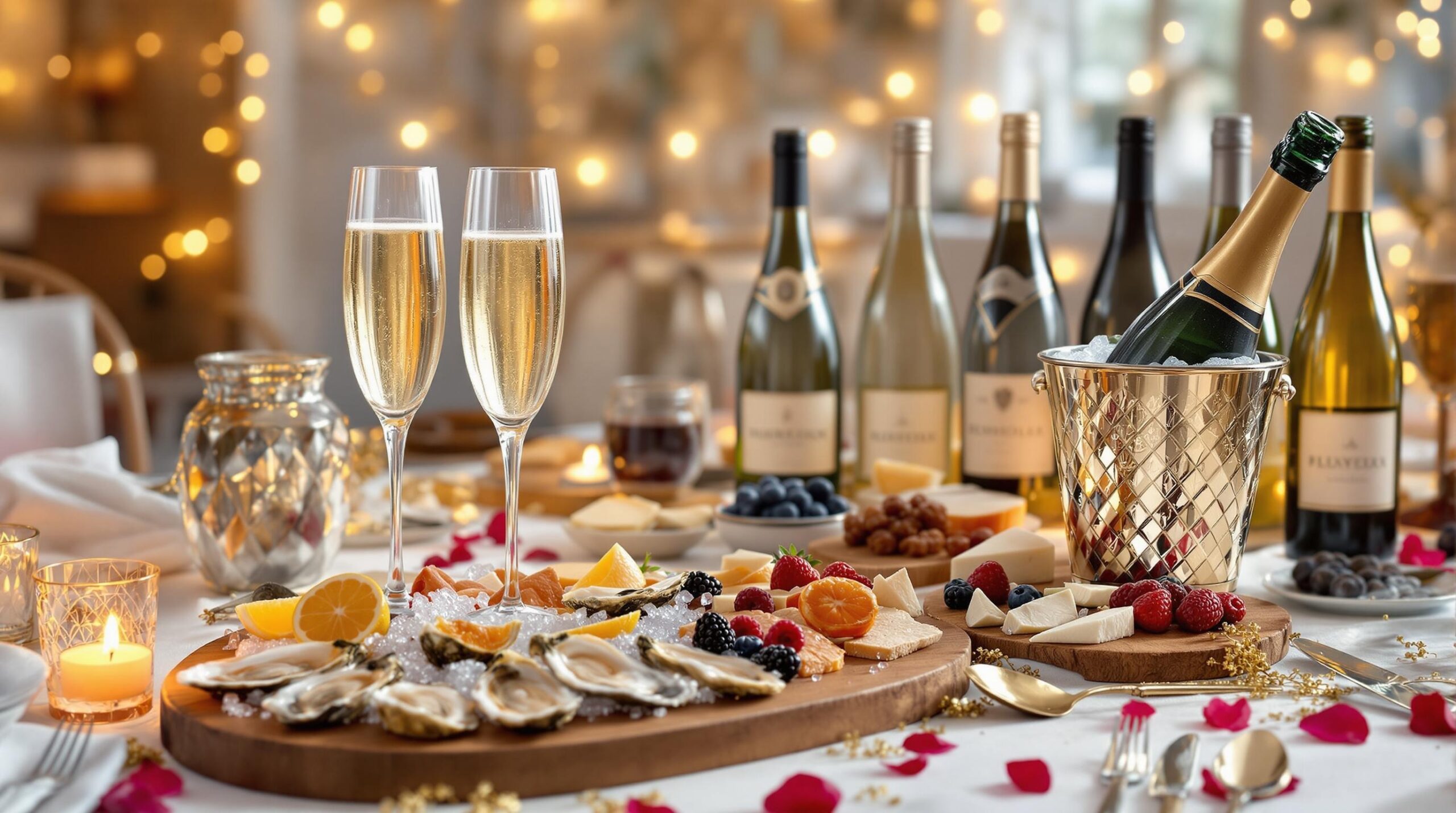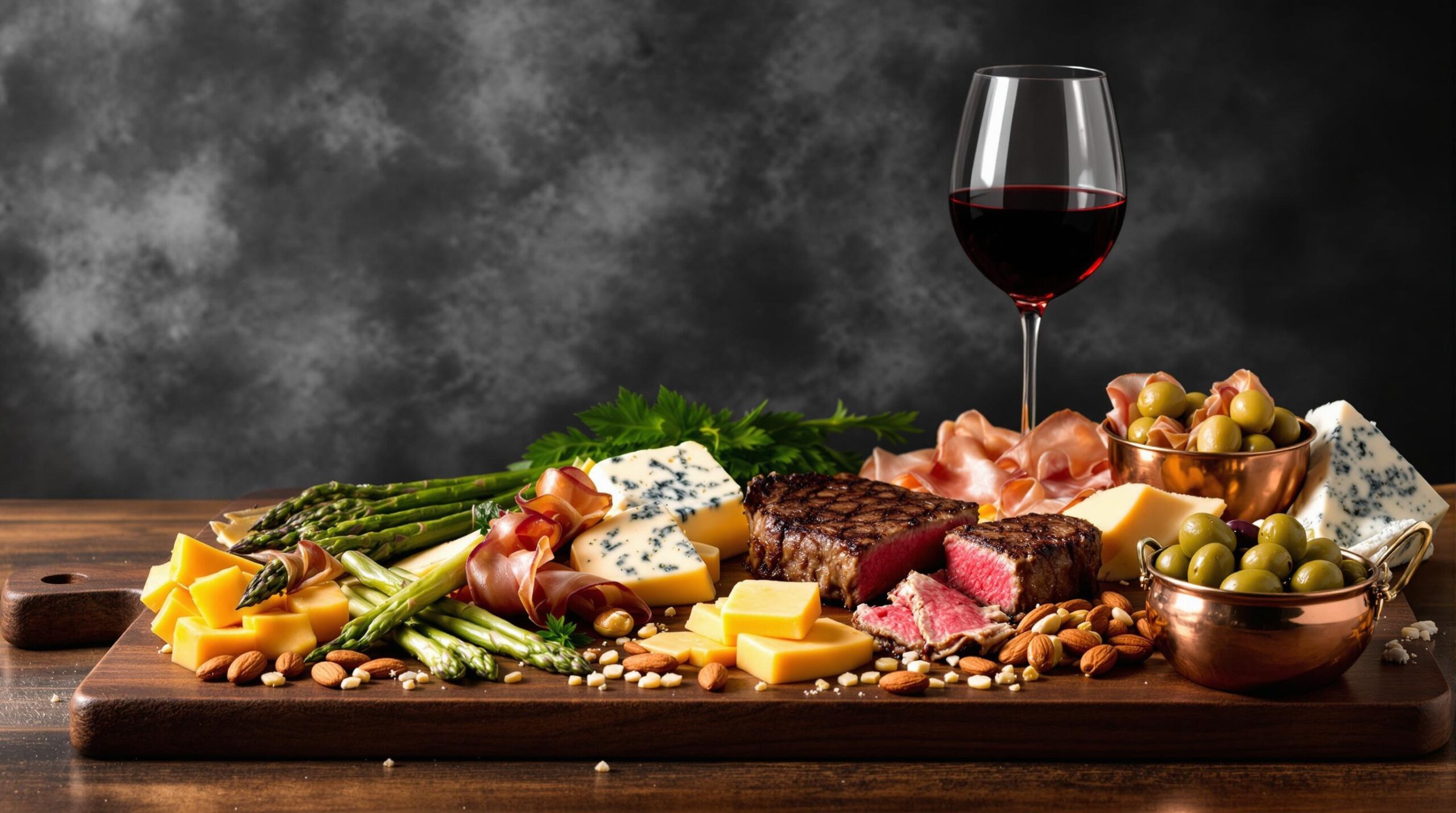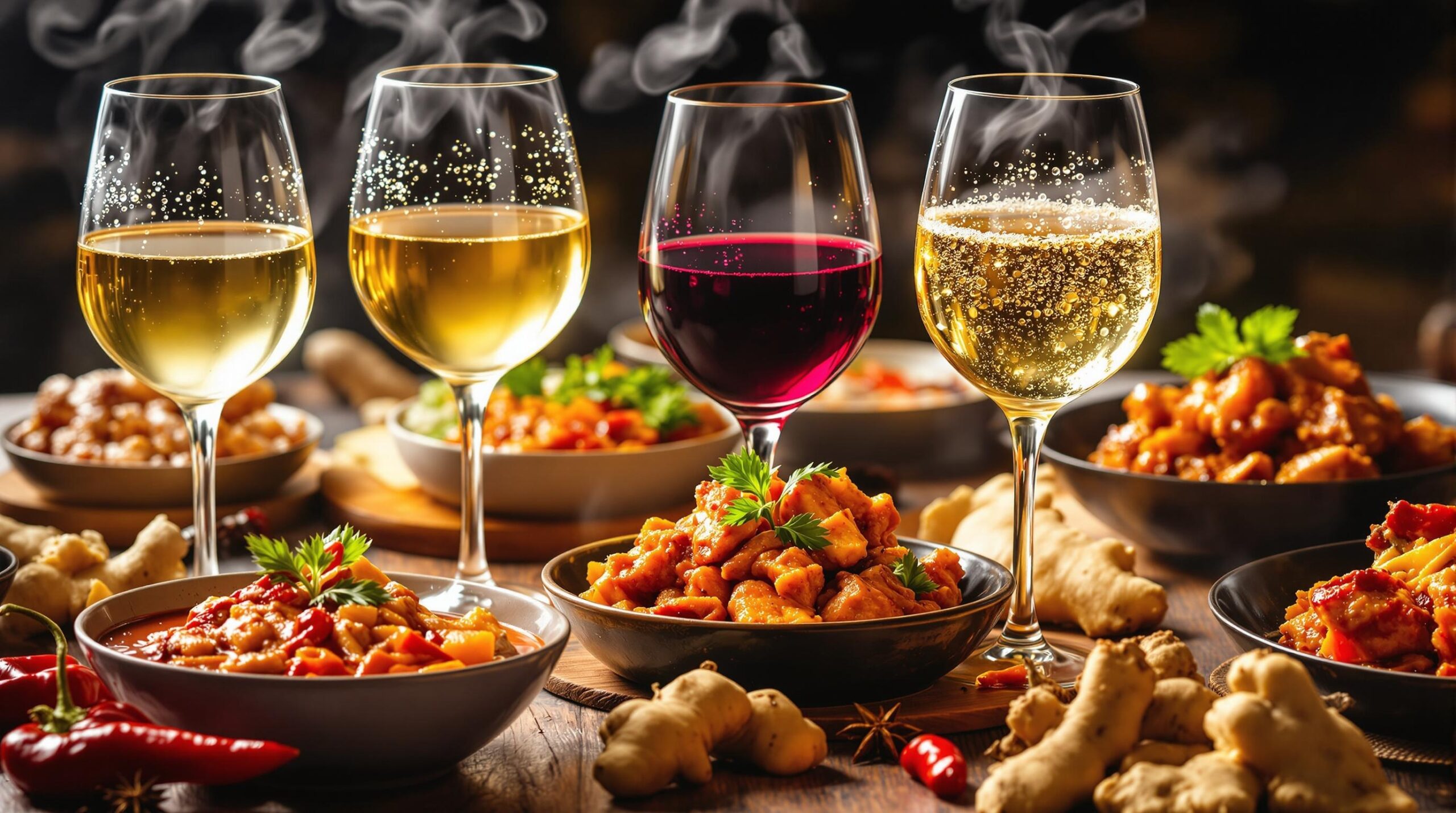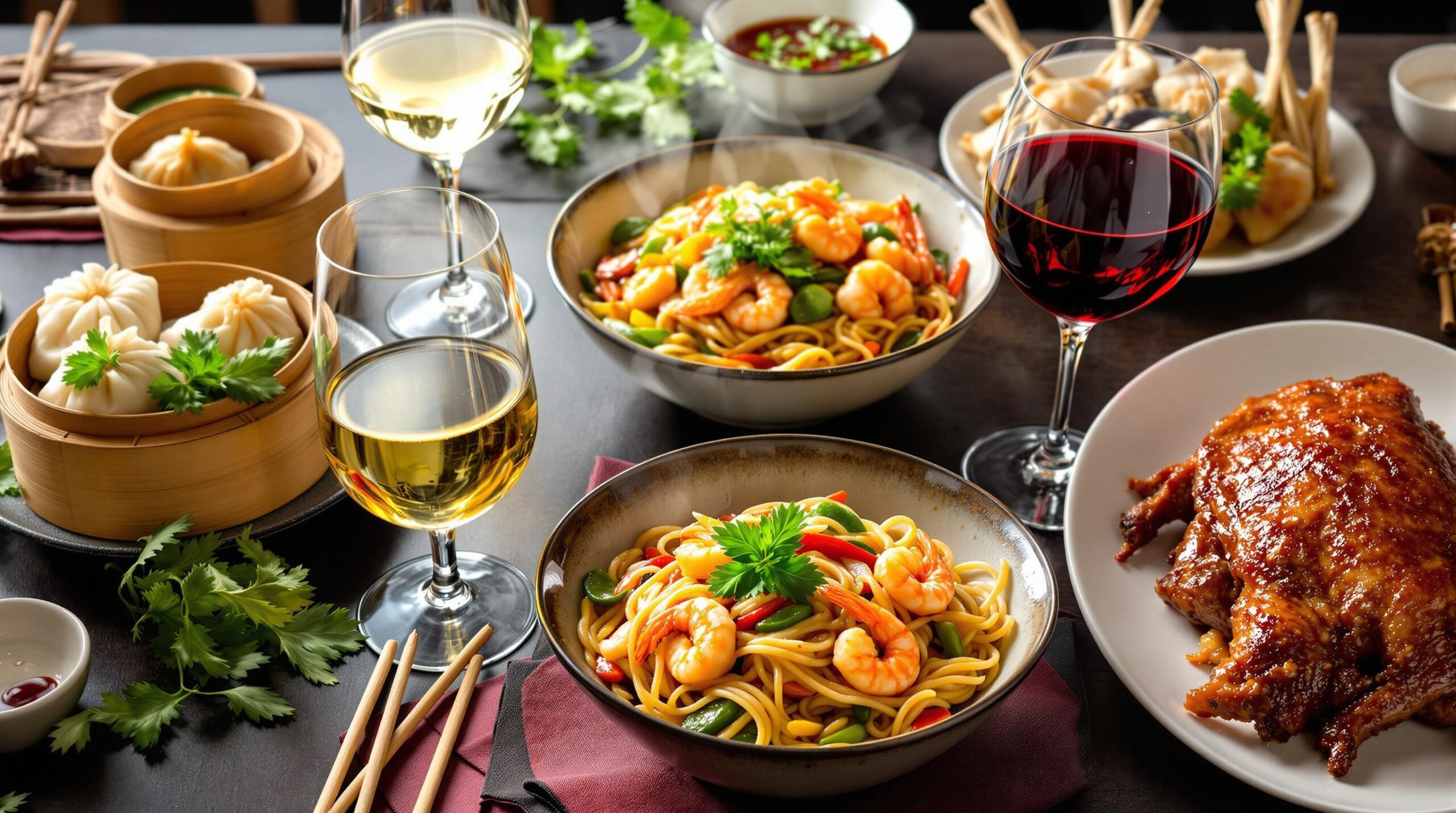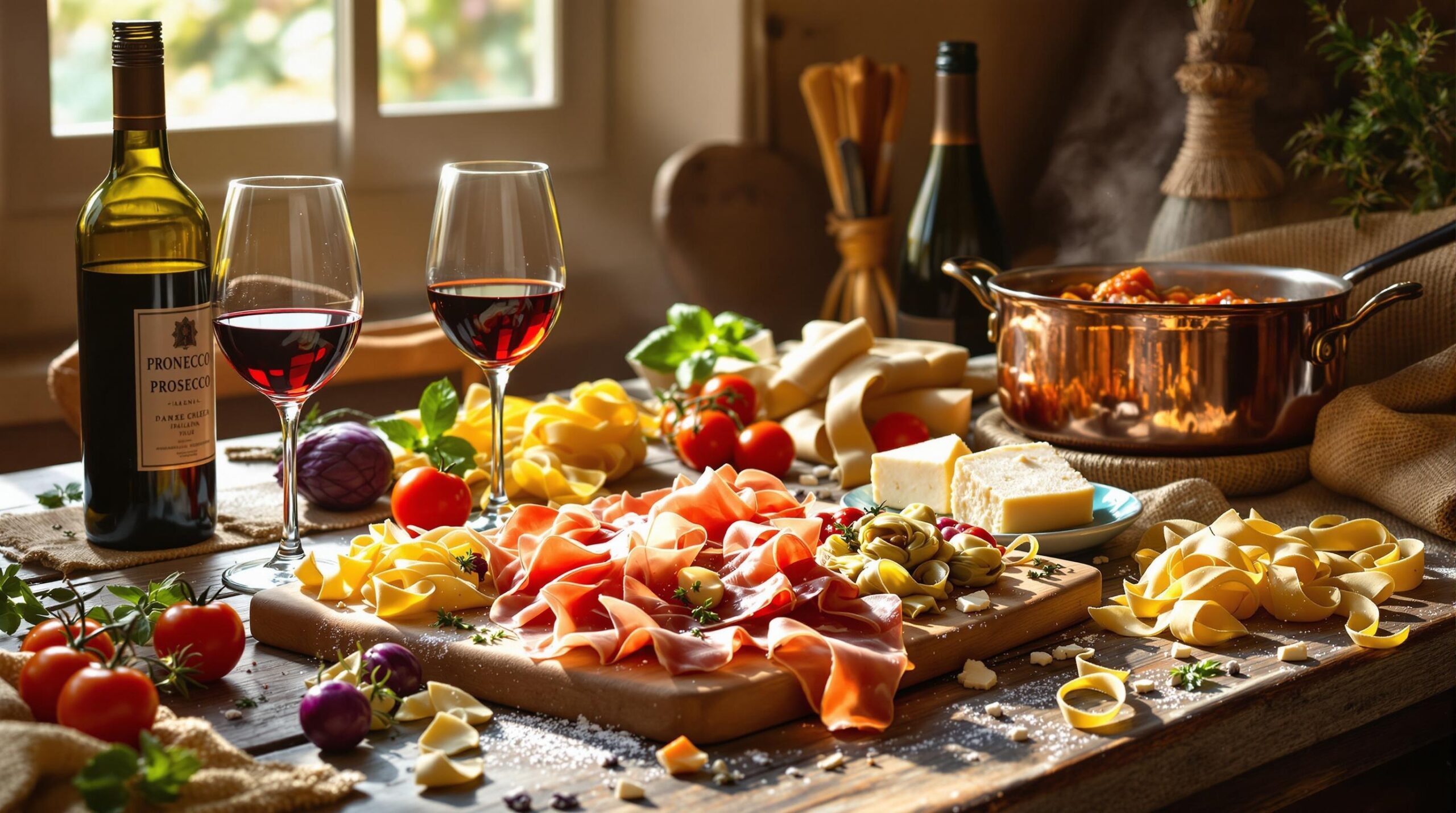Rosé wines have transformed from a summer-only sipper to a year-round favorite among wine enthusiasts. This versatile wine bridges the gap between red and white wines, offering unique flavor profiles and food pairing possibilities.
Different Styles of Rosé Around the World
The production methods and grape varieties used create distinct rosé styles:
Popular Rosé Regions
– Provence, France: Light, dry, with subtle berry notes
– Tavel, France: Fuller-bodied, deeper pink
– California: Fruit-forward, often slightly sweeter
– Spain: Darker pink, more intense flavors
Production Methods
– Direct Press: Immediate pressing of red grapes
– Saignée: Bleeding off juice from red wine production
– Blending: Mixing red and white wines (rare, mainly in sparkling)
Essential Flavor Profiles and Characteristics
Color intensity often indicates the style:
– Pale pink: Usually lighter, more delicate
– Medium pink: balanced fruit and acidity
– Deep pink: Fuller-bodied, more tannic
Common flavors:
– Strawberry
– Watermelon
– Rose petal
– Citrus
– White pepper
Perfect Food Pairings for Rosé
Match your rosé style with complementary dishes:
| Rosé Style | Food Pairings |
|---|---|
| Light Provençal | Seafood, salads, light pasta |
| Medium-bodied Spanish | Grilled chicken, paella, tapas |
| Fuller-bodied Tavel | BBQ, Mediterranean dishes, pizza |
Seasonal Tips for Maximum Rosé Enjoyment
– Serving Temperature: 45-55°F (7-13°C)
– Storage: Dark, cool place, drink within 1-2 years
– Glassware: White wine glasses or universal stems
– Party Planning: Calculate 1 bottle per 4-5 guests
Year-Round Entertaining
– Spring picnics: Light Provençal styles
– Summer BBQs: Medium-bodied Spanish rosés
– Fall gatherings: Fuller-bodied varieties
– Winter holidays: Sparkling rosé
Budget-Friendly Rosé Selection Guide
| Price Range | What to Expect |
|---|---|
| Under $15 | Fresh, simple, everyday drinking |
| $15-25 | Complex flavors, better balance |
| $25+ | Premium regions, aged potential |
Value Regions
– Southern France: Classic styles at fair prices
– Spanish Rosado: Excellent quality-to-price ratio
– New World Options: Emerging regions offering good value
Rosé Wine Shopping Tips
– Vintage Matters: Choose most recent vintage
– Color Guide: Lighter doesn’t always mean better
– Regional Research: Learn producer reputations
– Store Selection: Shop at temperature-controlled retailers
Reading Labels
– Look for alcohol content (higher % = fuller body)
– Check production method if listed
– Note grape varieties used
– Verify storage recommendations
Creating Your Perfect Rosé Experience
– Host a rosé tasting party
– Start a rosé tasting journal
– Join local wine clubs
– Experiment with food pairings
Tasting Notes Template
– Visual: Color intensity and clarity
– Aroma: Primary fruit notes
– Taste: Sweetness, acidity, body
– Food pairing successes
– Personal rating system
Quick Guide to Rosé Wine
Rosé has transformed from a casual summer sipper to a respected wine category enjoyed year-round. Understanding rosé helps you pick the right bottle and enjoy it at its best.
10 Common Questions About Rosé Wine
- What makes rosé pink?
Brief contact between red grape skins and juice during production creates the signature pink color. - Is all rosé sweet?
No – most quality rosés are dry. Sweet versions like White Zinfandel represent a different style. - What temperature should I serve rosé?
Serve between 45-55°F (7-13°C). Chill for about 30 minutes before serving. - How long does rosé last once opened?
3-5 days when properly stored in the fridge with a wine stopper. - What foods pair well with rosé?
Light salads, seafood, grilled chicken, Mediterranean dishes, and soft cheeses. - Which regions make the best rosé?
Provence (France), Rioja (Spain), and California produce excellent rosés with distinct styles. - How long can I store rosé?
Most rosés are best consumed within 2 years of release. They don’t improve with age. - What glasses should I use?
White wine glasses work well. Avoid large red wine glasses which can warm the wine too quickly. - Can I cook with rosé?
Yes – use it in seafood dishes, risottos, or as a substitute for white wine in recipes. - What’s the difference between cheap and expensive rosé?
Higher-end rosés often show more complexity, better balance, and are made from select grapes.
Quick Tips for Buying Rosé
- Look for recent vintages (within 1-2 years)
- Choose pale-colored rosés for typically drier styles
- Start with Provence rosés for reliable quality
- Check alcohol content: 11-13% suggests a balanced wine
Food Pairing Suggestions
| Wine Style | Food Pairings |
|---|---|
| Light Rosé | Salads, shellfish, light pasta |
| Medium-Bodied Rosé | Grilled chicken, pizza, tapas |
| Fuller Rosé | BBQ, paella, meat dishes |
Storing and Serving Tips
- Storage: Keep bottles lying down in a cool, dark place
- Temperature: Store at 55°F (13°C), serve slightly cooler
- Light: Protect from direct sunlight to prevent flavor changes
- Position: Store bottles horizontally to keep corks moist
Start with affordable bottles from reputable regions to develop your palate. Sample different styles to find your preferences before exploring premium options.
For entertaining, keep a few bottles of dry Provence rosé on hand – they’re crowd-pleasers that pair well with most foods.
